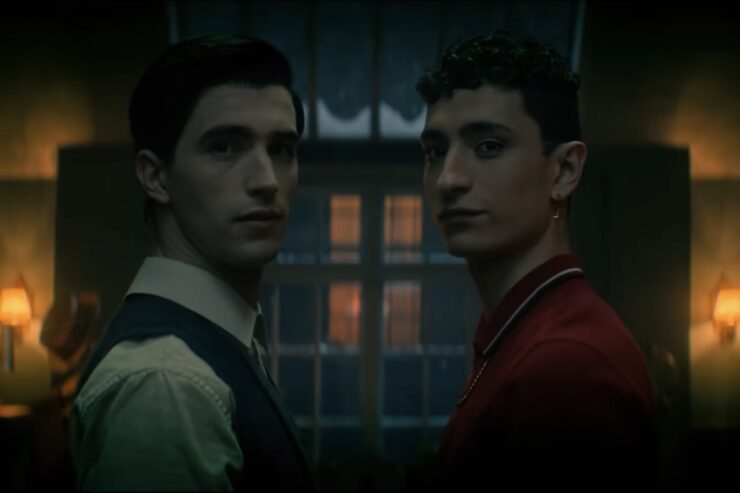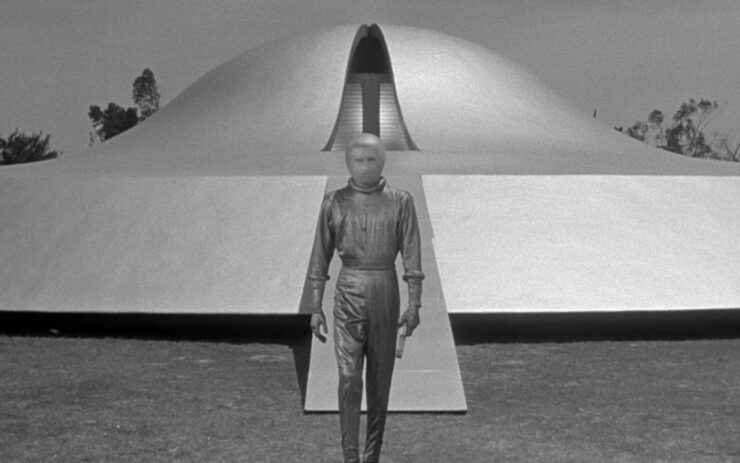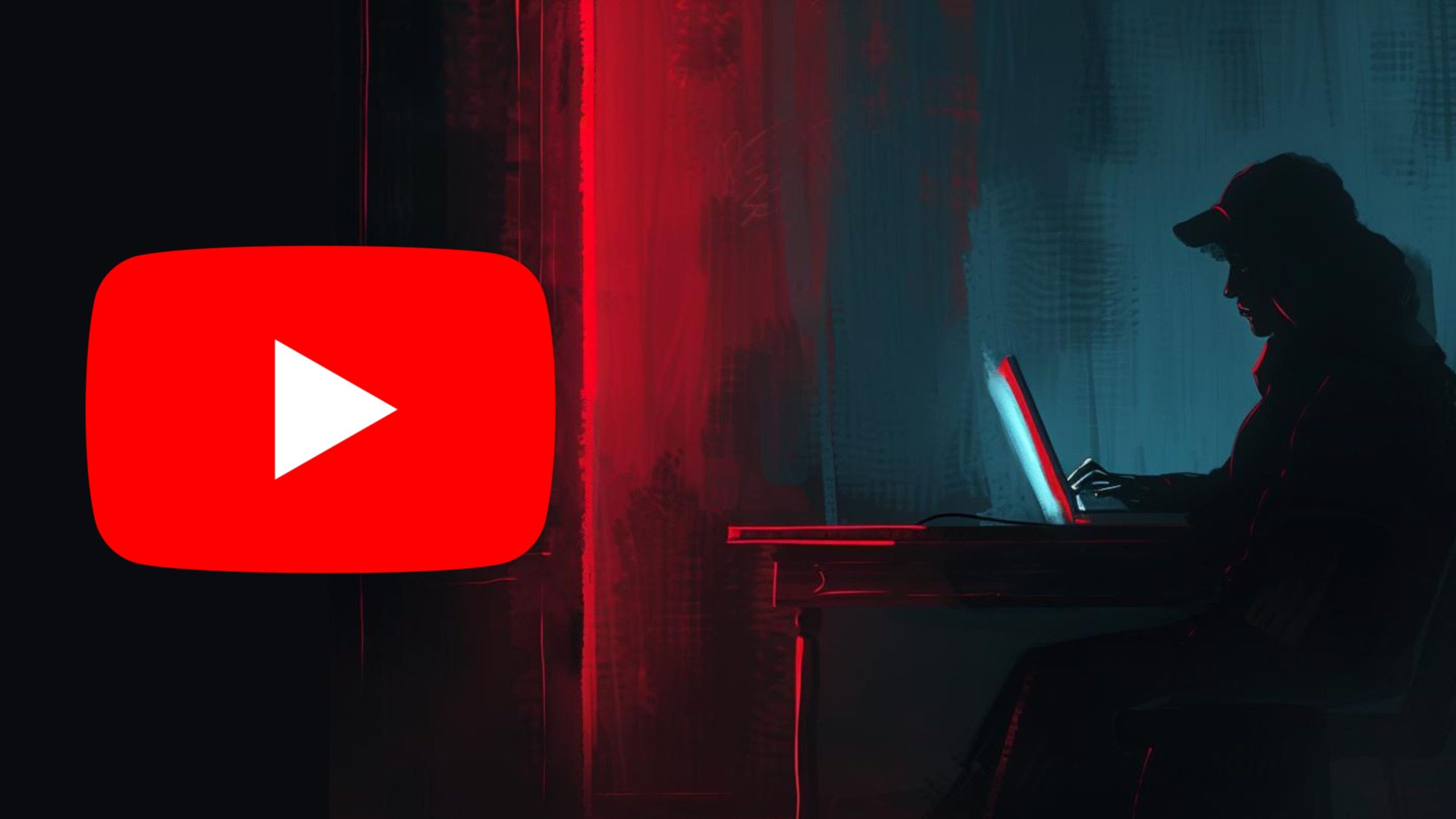
reactormag.com
The Trailer for Dead Boy Detectives Shows How It’s Connected to The Sandman
News
Dead Boy Detectives
The Trailer for Dead Boy Detectives Shows How It’s Connected to The Sandman
Like Holmes and Watson‚ except dead
By Molly Templeton
|
Published on April 3‚ 2024
Comment
0
Share New
Share
Ah‚ the unpredictable life of a ghost detective. This particular pair‚ the Dead Boy Detectives‚ were created by Neil Gaiman in The Sandman‚ then branched out into their own tales. The adaptation of their story was originally a Max series‚ but moved over to Netflix. The afterlife is nothing if not uncertain!
But it’s just as well that Edwin Payne (George Rexstrew) and Charles Rowland (Jayden Revri) will be practicing their trade on the same streamer as The Sandman‚ because now‚ the show gets to make it explicit that the two series are connected. And this trailer does so via a little visit from Death (Kirby‚ who used to go by Kirby Howell-Baptiste). Apparently they’re hiding from her. They don’t want to go back to hell. Who would? (Funny how this is a frequent problem for characters in this universe.)
Here’s the synopsis:
Meet Edwin Payne (George Rexstrew) and Charles Rowland (Jayden Revri)‚ “the brains” and “the brawn” behind the Dead Boy Detectives agency. Teenagers born decades apart who find each other only in death‚ Edwin and Charles are best friends and ghosts… who solve mysteries. They will do anything to stick together – including escaping evil witches‚ Hell and Death herself. With the help of a clairvoyant named Crystal (Kassius Nelson) and her friend Niko (Yuyu Kitamura)‚ they are able to crack some of the mortal realm’s most mystifying paranormal cases.
I genuinely do not know what to make of the way they’ve chopped up My Chemical Romance’s “Welcome to the Black Parade” in this trailer. It feels a bit too epic for what we’re seeing on screen. The tonal result is all over the place. Which‚ to be fair‚ might be the point.
Dead Boy Detectives was developed by Steve Yockey (The Flight Attendant)‚ who is co-showrunner with Beth Schwartz (the Arrowverse). The boys solve supernatural crime starting April 25th on Netflix. [end-mark]
The post The Trailer for <;i>;Dead Boy Detectives<;/i>; Shows How It’s Connected to <;i>;The Sandman<;/i>; appeared first on Reactor.

















